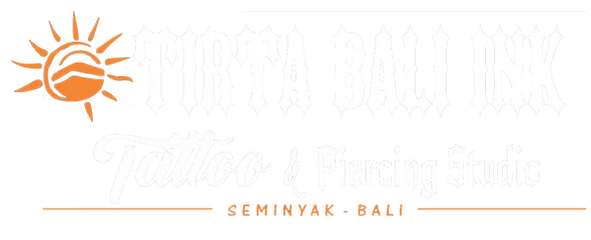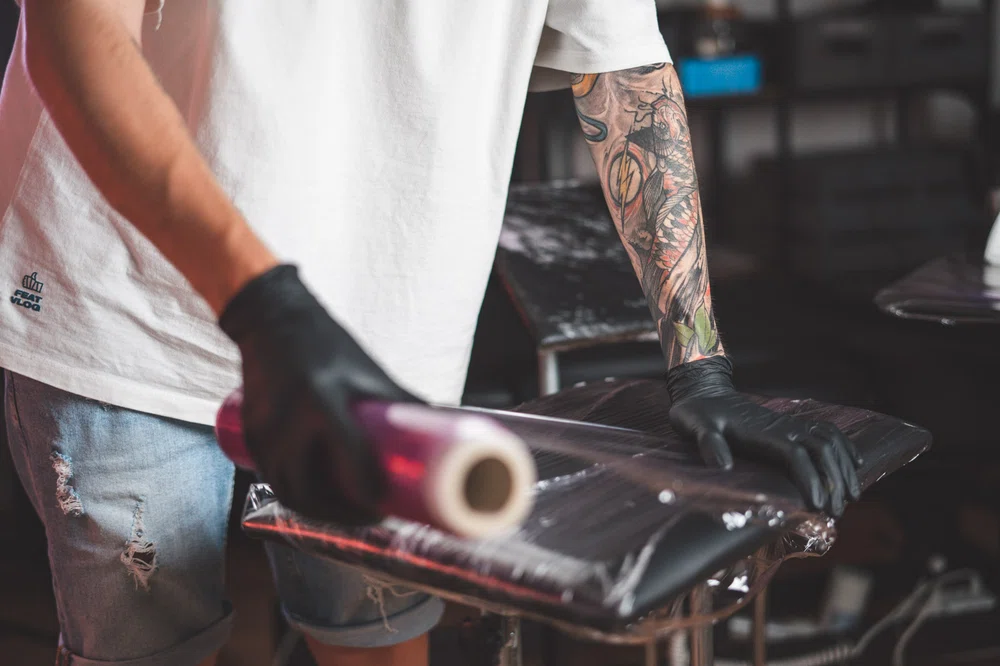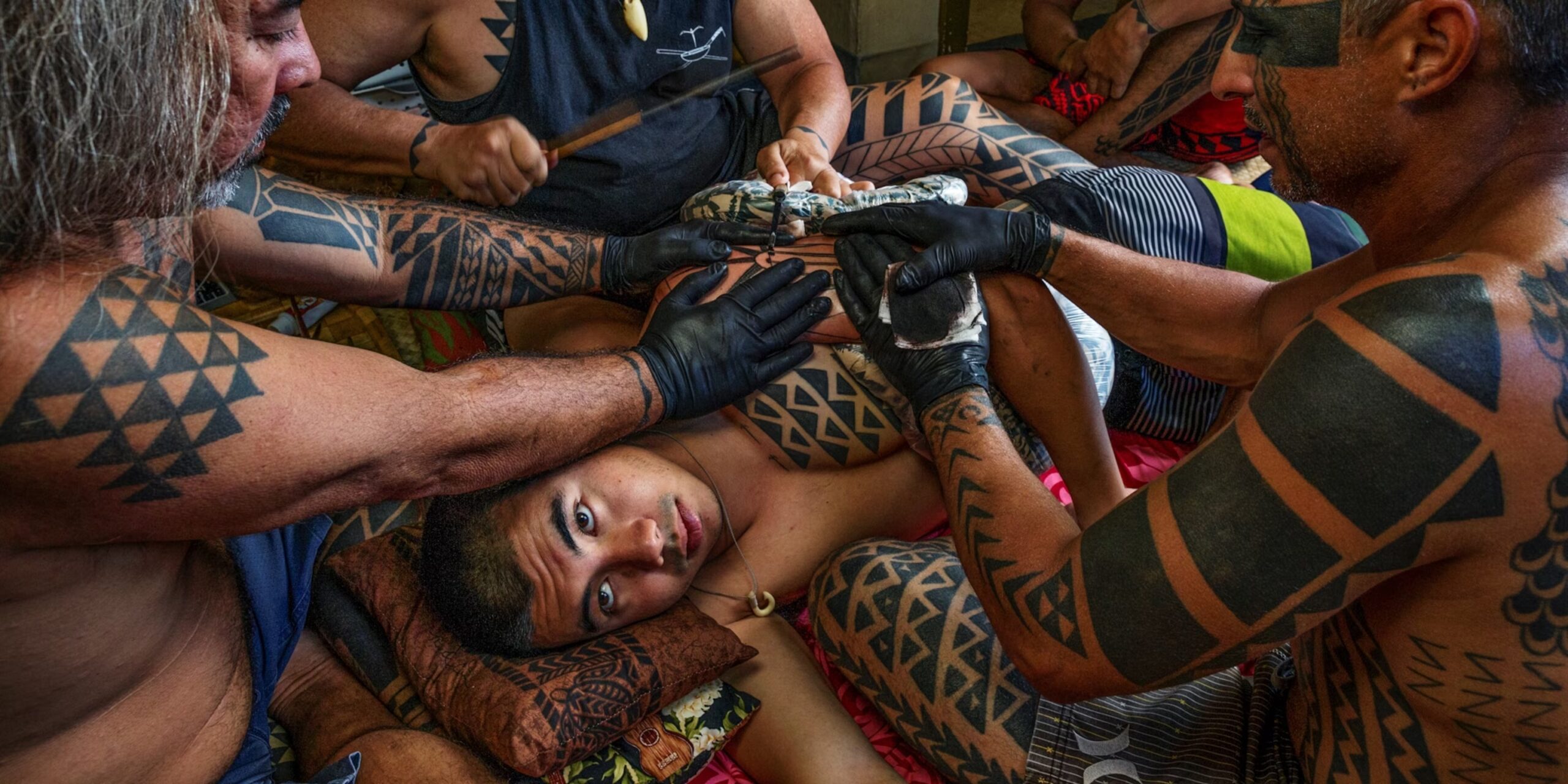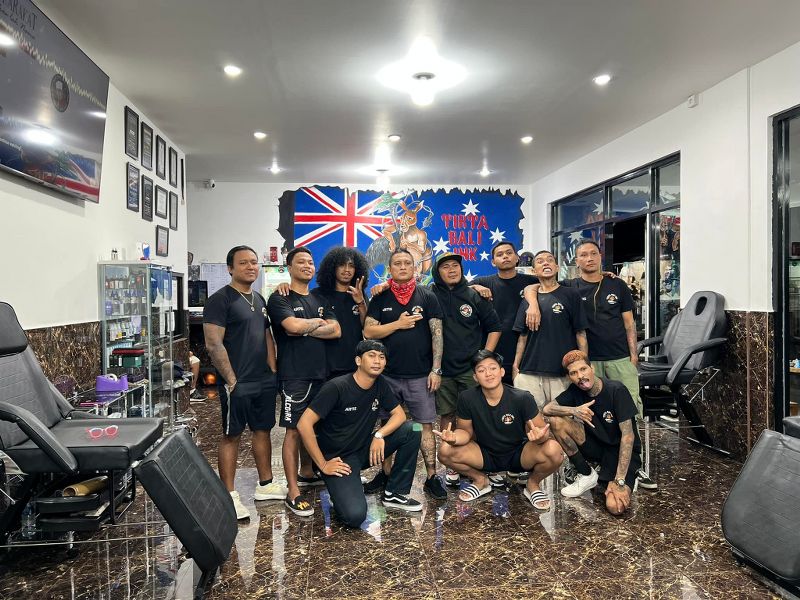There may come a time when you decide that a tattoo no longer represents who you are, or perhaps the artwork has faded or distorted over time. In such cases, tattoo removal becomes a viable option. With advances in technology and the expertise of skilled professionals, the process has become more efficient and effective over the years. In this comprehensive guide, we will discuss the benefits of tattoo removal, the different techniques available, what to expect during the procedure, and the aftercare measures you should take for successful, safe, and comfortable tattoo removal.
The decision to remove a tattoo can be a significant one, but it’s crucial to understand the benefits of this process. Firstly, tattoo removal can restore your confidence and self-esteem by eliminating a design that no longer represents your personal values or tastes. Secondly, it can address any changes in the tattoo itself, such as distorted lines or fading colours, caused by skin ageing or poor initial tattooing. Finally, tattoo removal can pave the way for new designs, giving you the freedom to update your ink as your preferences evolve over time.
There are various methods of tattoo removal available, from non-invasive techniques like laser removal to surgical excision. The choice of method will depend on factors such as the size and location of the tattoo, the nature of the ink, your skin type, and your personal preferences. Our skilled professionals at Tirta Bali Tattoo & Studio will help you select the most suitable option based on your individual circumstances and ensure that the process is as safe and effective as possible.
By learning about the benefits and process of tattoo removal and following expert guidance from our team at Tirta Bali Tattoo & Studio, you can confidently embark on the journey toward regaining control over your body art and expressing your true self.
Exploring the Different Tattoo Removal Techniques
When considering tattoo removal, it’s essential to be aware of the various methods available, each suited to different circumstances. The primary tattoo removal techniques in the industry today can be categorised into three main categories: laser-based, non-laser-based, and surgical. Understanding the advantages and drawbacks of each method can help you make an informed decision.
1. Laser-Based Tattoo Removal
Laser-based removal is the most popular and effective method for tattoo removal. The technique uses laser beams to break up tattoo pigment, which the body’s immune system then eliminates. This method causes the least damage to the surrounding skin and provides the most satisfactory results in terms of fading or completely removing a tattoo. The Q-Switched laser and Picoway laser are currently the most advanced laser systems used for tattoo removal.
2. Non-Laser-Based Tattoo Removal
Non-laser-based removal methods include chemical injections, dermabrasion, cryosurgery, and tattoo removal creams. These procedures use chemical solutions, abrasion, or freezing to break down ink pigments and remove them from the skin. Although these methods can be less expensive than laser treatment, they typically carry a higher risk of scarring, skin discolouration, and infection.
3. Surgical Tattoo Removal
Surgical tattoo removal is an invasive procedure in which the tattooed skin is excised and the surrounding skin is either sutured together or replaced with a skin graft. This method is generally reserved for smaller tattoos or cases where laser treatment is not a viable option. It is important to note that surgical removal is more likely to leave visible scarring and has a longer recovery period compared to other methods.
Preparing for Your Tattoo Removal
Before beginning the tattoo removal process, it is crucial to prepare adequately, both mentally and physically. The following tips can help you get ready for treatment:
1. Consultation
Schedule a consultation with a professional tattoo removal specialist, like the experts at Tirta Bali Tattoo & Studio, to discuss your expectations, concerns, and individual circumstances. Your specialist will help you determine the most appropriate removal method and provide an estimate of the number of sessions required, the expected recovery time, and the total cost.
2. Research
Educate yourself on the tattoo removal process by researching the different techniques available and learning about the potential side effects and risks. The more information you have, the better prepared you will be to make informed decisions during your consultation and throughout the removal process.
3. Pre-Treatment Care
Your specialist may advise you to stop certain medications or avoid particular activities in the weeks leading up to your removal appointment. This may include quitting smoking, avoiding sun exposure, and pausing the use of any skin products that could interfere with the healing process.
Understanding the Tattoo Removal Process
Each tattoo removal method entails a unique process, but there are common elements to expect during your treatment. You will likely experience some discomfort during the procedure, but your specialist will take measures to minimise pain, such as applying a numbing cream or using a cooling device. Depending on the technique, the treatment session may last anywhere from a few minutes to an hour.
Post-removal, you may notice redness, swelling, or minor bleeding in the treated area, which typically subsides within a few days. It’s crucial to follow your specialist’s aftercare instructions to mitigate any side effects and ensure optimal healing.
Tattoo Removal Aftercare: A Comprehensive Guide
Proper aftercare following tattoo removal is essential for successful recovery and to minimise the risk of complications. Here’s a guide to help you care for the treated area:
1. Keep the Area Clean and Dry
Gently cleanse the treated area with mild soap and water, then pat dry with a clean towel. Avoid scrubbing or using harsh cleansers, as this may irritate the skin and hinder the healing process.
2. Apply an Antibacterial Ointment
Your specialist may recommend applying an antibacterial ointment to the treated area to prevent infection. Follow their guidance on when and how often to apply the ointment.
3. Avoid Sun Exposure
Keep the treated area covered and avoid direct sunlight, as UV rays can slow the healing process and cause skin discolouration.
4. Stay Hydrated and Maintain a Healthy Diet
Staying hydrated and eating a balanced diet can boost your immune system, thereby expediting the healing process and helping your body to eliminate ink pigments more efficiently.
Conclusion
Tattoo removal can be a transformative process that allows individuals to reclaim their self-confidence and decide on a fresh direction for their body art. By understanding the various removal techniques, preparing adequately, and following expert guidance on aftercare, you can embark on a successful tattoo removal journey.
Consult the professionals at Tirta Bali Tattoo & Studio Studio to receive personalised advice on your tattoo removal options and take the first step towards achieving your desired results. Book your appointment at our tattoo studio today!









